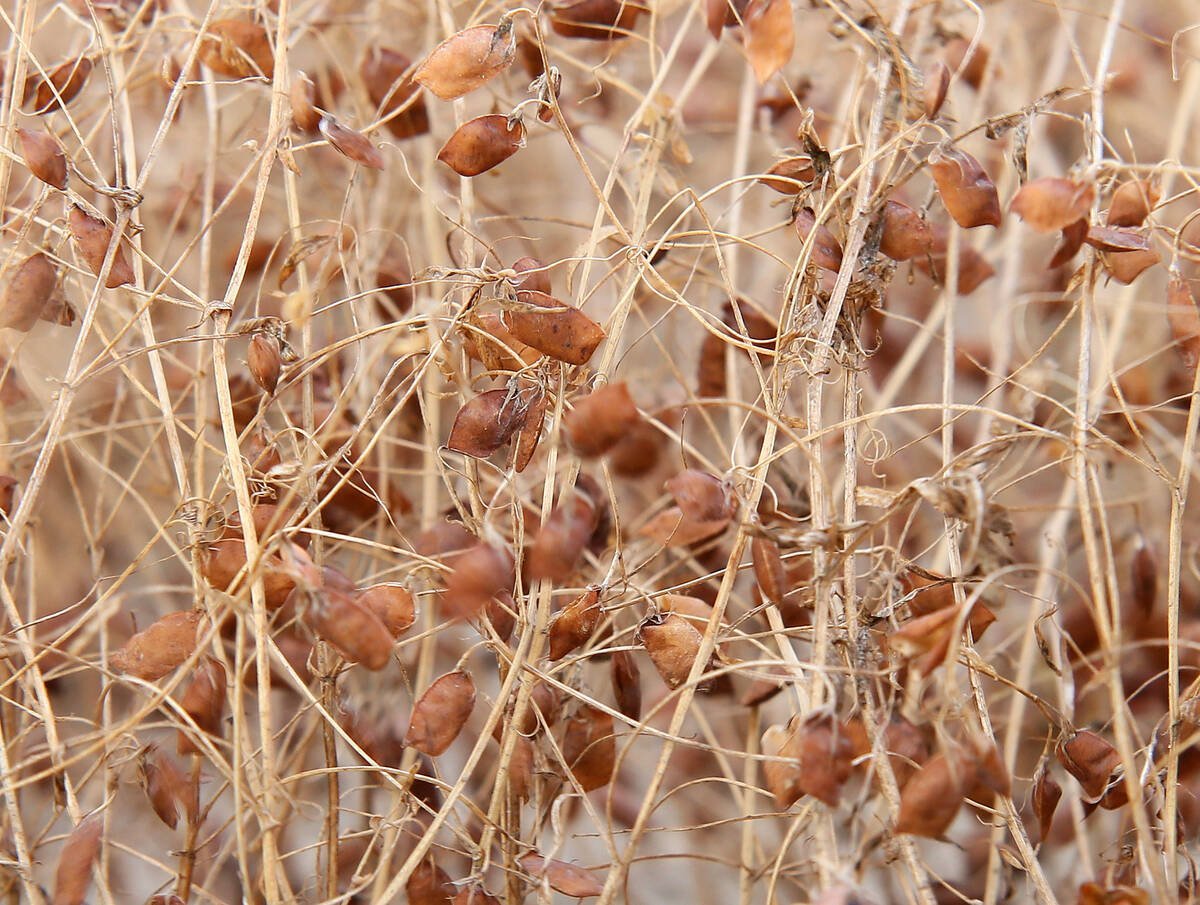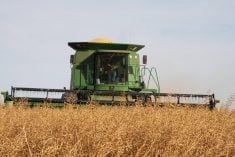It grieves Georgia Edworthy to speak about her Frank.
“I just lost my old guy a couple of weeks ago. He was a phenomenal dog,” she says about her 10-year-old Huntaway sheep herder.
“He was a pretty good partner to me.”
Ten-year-old Frank was killed after straying onto a nearby highway.
“It was stupid,” she said.
“Ten years he never left home. That was a stormy day and I don’t know what the heck got into him.”
Read Also

Europe holds promise for Canadian lentils
Pulse Canada is trying to help boost lentil consumption in Europe, which is already the fourth largest market.
Edworthy and husband Allan Neville raise sheep and train dogs at their ranch near Bluffton, Alta., as part of their weeding and brushing business.
Each spring, they take 1,200 to 1,500 sheep into cut blocks of new growth forest in British Columbia.
The sheep’s job is to eat the weeds and brush around tree seedlings.
Edworthy and Neville are among the few people in Western Canada who own Huntaways.
She said they are useful working dogs that have been overlooked and underused.
“It’s completely different from your Border Collie. I had only trained Border Collies and I didn’t know how to train Huntaways.”
She said the main difference is that they move stock with their bark instead of their eyes, which means they can walk among the sheep and not upset them.
The stock dog originated in New Zealand and comes in various shapes, sizes, colours and hair coats.
“They’re kind of a cross between a Doberman and a Rottweiler.”
Edworthy choked back tears as she described her dog.
“Frank was a big, black and tan dog; big square head. He was probably 70 to 80 pounds and strong. He was all muscle with a big, powerful voice. He could really move a lot of stock.”
She said it’s difficult to change people’s opinions and habits.
“We trial and train Border Collies so we have a lot of Border Collie friends who are locked on Border Collies. They’re the only dog, there’s nothing else.”
She said each dog has its strong points. The Huntaway can affect an entire flock, while another stock dog, such as the Border Collie, can do precision work.
“When I want to turn a corner with the flock, it’s the Border Collie I’m going to send to go and turn that front end, or turn the corner because there’s more delicate moves with them.”
Rough and ready
Retired veterinarian Peter Stockdale of Enderby, B.C., agreed.
“What they are is rather like whether you use a station wagon or a four wheel drive pickup. The station wagon is the Border Collie, the four-wheel drive is the Huntaway.”
He said producers in New Zealand and Australia, where sheep flocks number in the thousands, are likely to have two to four Huntaways and one Border Collie.
“One works purely by predator crowd from what we call eye and the other one works by noise.”
Edworthy recommended the Huntaway for flocks of more than 300 sheep.
She said they used to feed 900 head of sheep and their Huntaway would run out to the field and hold back the 900 in a line. Neville would drive the tractor beside the dog and drop hay using a hay buster. When this was completed the dog would let the sheep feed.
“They’d all be lined up like people at a buffet,” she said.
“It was amazing to watch that one dog hold all those sheep. It was just her voice. She was running up and down the line and throwing her voice ahead of her and they would all just stand there until she said it was OK.”
She said the breed also makes good pets.
“When I went berry picking in the bush in B.C., I would keep the bears away by having Frank sound off every 10 minutes. I just tell him, speak up, and he would go boo, woo, woo. He would look around for sheep and I would tell him, ‘no, I was just kidding.”















